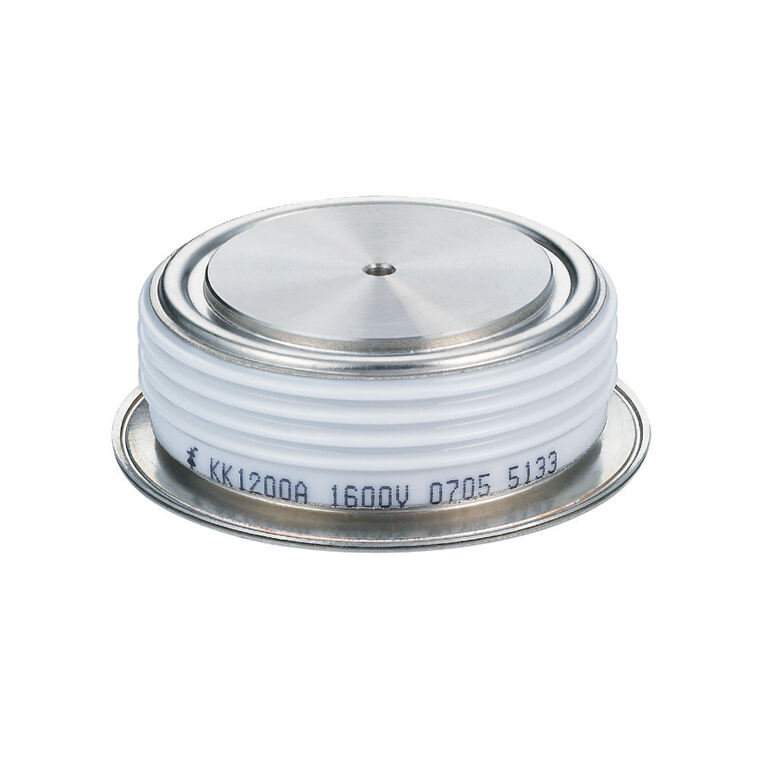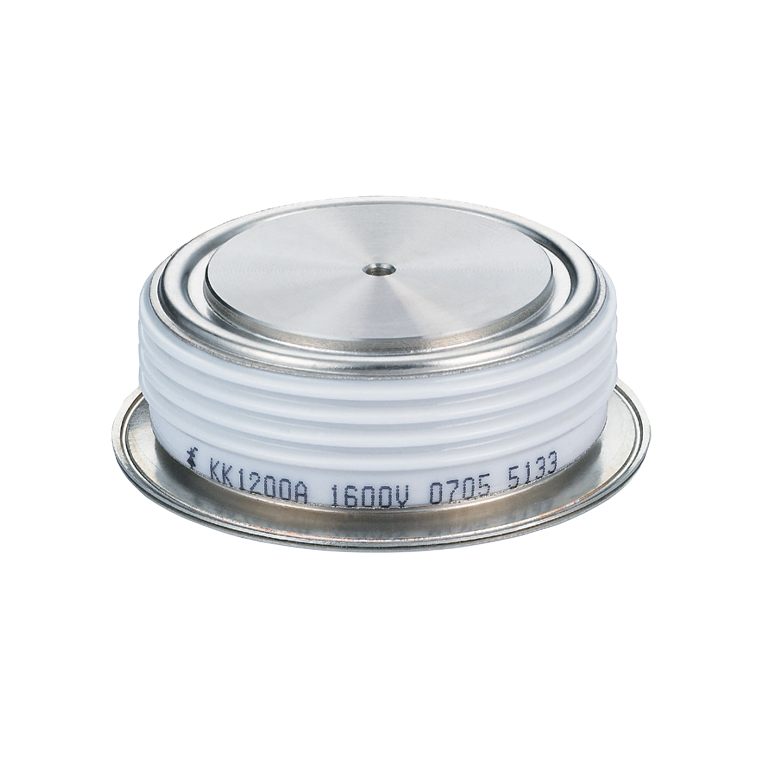bidirectional diode thyristor
A bidirectional diode thyristor, also known as a DIAC (Diode for Alternating Current), is a specialized semiconductor device that conducts electrical current in both directions when triggered by a specific breakover voltage. This versatile component functions as a bilateral switch, making it particularly valuable in AC circuit applications. The device remains in a high-resistance state until the applied voltage exceeds its breakover threshold, at which point it switches to a low-resistance conducting state. This unique characteristic allows it to conduct current regardless of polarity, making it ideal for triggering applications. The internal structure consists of four semiconductor layers arranged in a p-n-p-n configuration, creating three p-n junctions. When the applied voltage reaches the breakover point, typically between 20 to 40 volts, the device enters its conducting state, facilitating current flow until the voltage drops below the holding current level. This behavior makes bidirectional diode thyristors essential components in dimmer switches, motor speed controllers, and various power control applications where precise voltage triggering is required.


